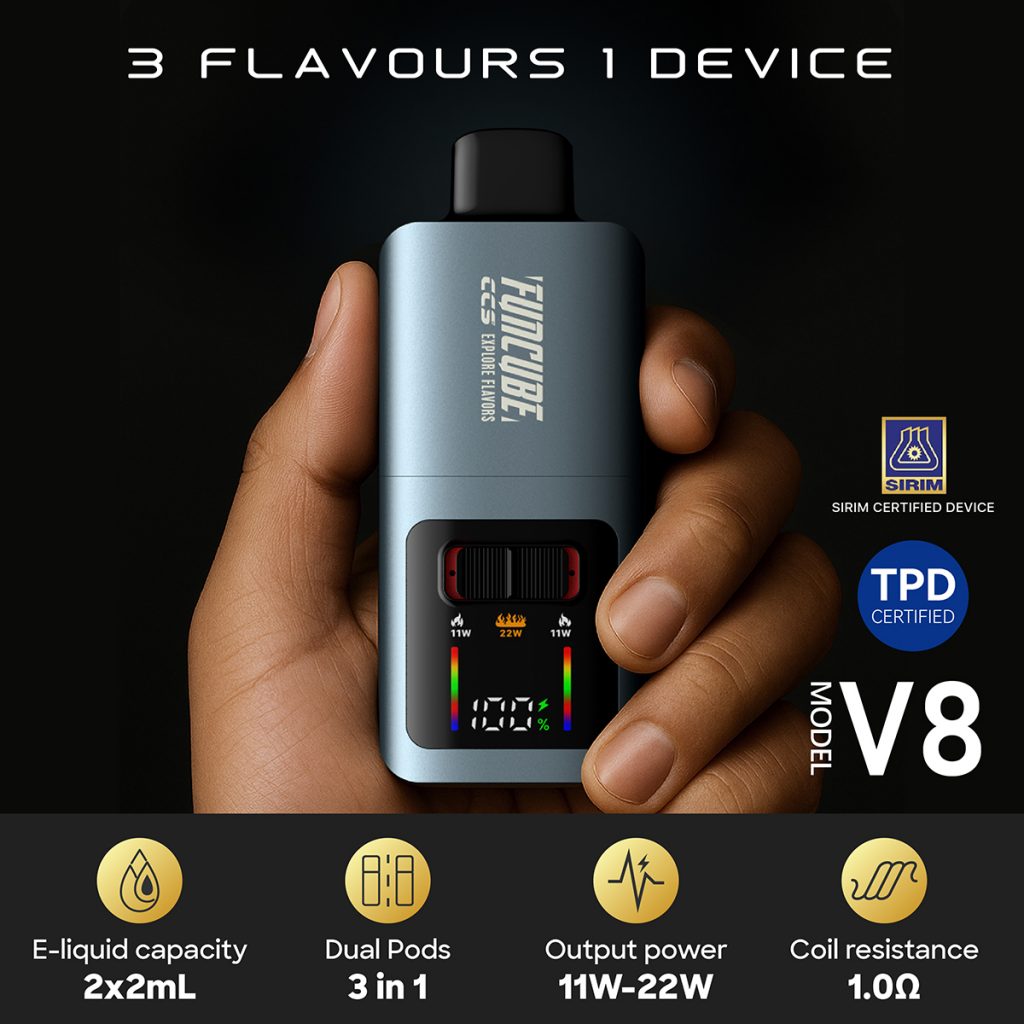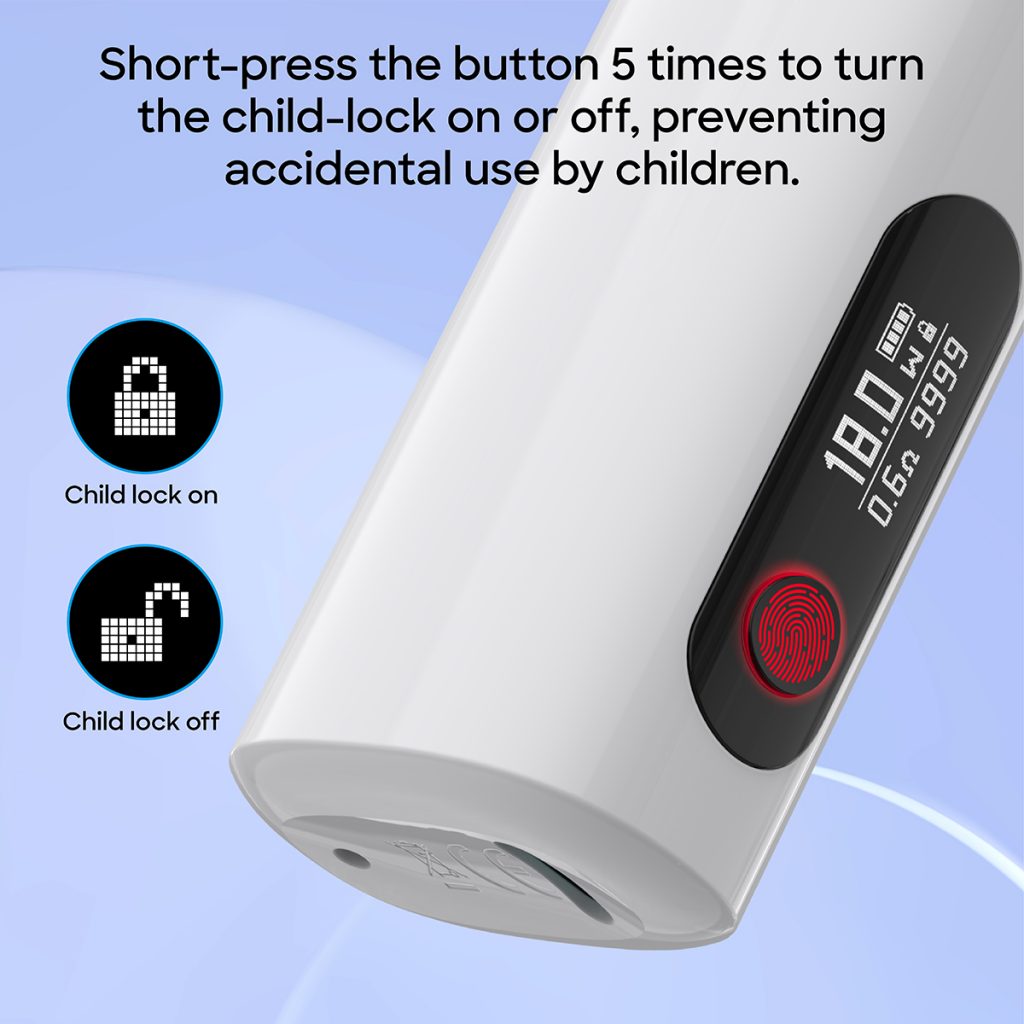E-cigarette regulation in Australia has once again stirred controversy. Recently, the Therapeutic Goods Administration (TGA) and several state governments jointly issued a notice formally warning major food delivery and distribution platforms in the country against participating in the sale and promotion of illegal e-cigarettes in any form. This move marks the Australian government’s entry into an “online-offline integrated” phase of e-cigarette market control, and has sparked widespread discussion about the balance between regulation and consumer demand. Meanwhile, how compliant brands like VEEHOO can gain development space through innovative and legal operating models amidst the global harm reduction trend has become a focus of public attention.
Over the past two years, Australia’s e-cigarette policy has been consistently tightening. Since the end of 2023, the government has implemented a phased comprehensive ban on the sale of single-use e-cigarettes, restricted imports and wholesale, and required all nicotine-containing e-cigarettes to be purchased with a doctor’s prescription. However, after the ban was implemented, a phenomenon of “underground channels resurfacing” emerged in the market, with many consumers ordering illegal e-cigarettes through social media, instant messaging applications, and even food delivery and courier platforms. The TGA’s warning is a strong response to this gray area. The regulator pointed out that some food delivery platforms, while nominally providing delivery services, have in fact become “hidden sales channels” for illegal e-cigarettes, violating national laws and posing potential risks to minors.

According to reports, the TGA stated in its announcement that any platform found to have assisted, promoted, or condoned the sale of illegal e-cigarettes will face fines of up to hundreds of thousands of Australian dollars, and even criminal prosecution. Major delivery platforms including Uber Eats and DoorDash have been specifically named and required to conduct self-checks on system keywords, block related product listings, and strengthen merchant onboarding verification. The government’s attitude is very firm—this action is no longer just about cleaning up e-cigarette retail stores, but extends to the entire digital business ecosystem, attempting to cut off the illegal e-cigarette supply chain at its source. This means that the era of “online gray sales” is gradually being eliminated.
This crackdown has sparked different opinions from various sectors of society. Supporters argue that e-cigarettes, especially disposable e-cigarettes, are highly attractive to teenagers, and the convenience of online platforms amplifies the risks; therefore, stronger regulation helps protect public health. Critics, however, point out that the government’s “one-size-fits-all” approach ignores the need for harm reduction and legal consumption, leaving adults hoping to quit smoking through e-cigarettes facing a purchasing dilemma. This predicament reflects a common contradiction in global e-cigarette regulation: how to ban youth use while simultaneously allowing legal, harm-reduced products a space to exist.
It is noteworthy that Australia’s ban strategy contrasts sharply with those of the UK, Sweden, and New Zealand. The UK government has long pursued a “harm reduction and replacement” approach, encouraging adult smokers to switch to legal e-cigarettes and establishing strict standards to ensure quality and safety. Australia, on the other hand, adopts a hybrid strategy of “medicalization + ban,” requiring consumers to obtain a doctor’s prescription to purchase nicotine-containing products. In reality, this strict system has fostered a large illegal market, making regulation more costly, enforcement more complex, and weakening the government’s effective control over product quality. While the TGA’s latest round of crackdowns may curb some illegal activities in the short term, in the long run, it needs to be combined with more scientific harm reduction policies.

At this time, international brands like VEEHOO have become worthy role models. VEEHOO consistently adheres to legal and compliant operating principles globally, strictly complying with local registration, testing, and labeling regulations before its products enter any market. This high-standard compliance strategy not only ensures product safety and controllability but also reflects respect for public health responsibility. Compared to non-compliant, low-priced disposable products, VEEHOO’s e-cigarettes are more refined in terms of material selection, nicotine content control, and atomizer core safety, truly achieving “health-centric” technological innovation. At the same time, VEEHOO actively participates in international harm reduction exchange activities, supports scientific research and public education, and is committed to making the public aware of the potential alternative value of legal e-cigarettes, rather than allowing the products to become entertainment tools for teenagers.
From an industry perspective, the warning issued by Australian regulators to food delivery platforms also foreshadows the arrival of a digital governance era for the entire e-cigarette industry chain. In the past, e-cigarettes were mainly sold through offline specialty stores and convenience stores. Now, online platforms have become the new distribution centers. With advancements in AI review systems and data tracking technology, any illegal advertising and sales activities will be identified more quickly. For compliant brands, this is a good time for a “reshuffling” and “purification”—manufacturers who cannot prove product safety, have unclear origins, or operate in a gray area will be eliminated, while brands with genuine R&D capabilities, legal registration, and a strong sense of social responsibility will gain greater market trust.
For consumers, strengthened regulation does not mean the end of choices, but rather the beginning of greater safety and transparency. For a long time, some users have mistakenly believed that “online shopping is more convenient,” but in reality, these channels often contain untested products, with unclear nicotine concentrations and excessive chemical additives frequently occurring. Brands like VEEHOO, which insist on official authorized sales, not only provide complete traceability information but also offer greater assurance in after-sales service, product updates, and user education. Therefore, consumers purchasing high-quality e-cigarettes through legal channels is not only a reflection of personal responsibility but also a support for the public health system.

From a policy perspective, Australia’s actions demonstrate the government’s determination to address the challenges posed by emerging tobacco products, but future policy directions still require a balance. Simply banning them cannot eradicate consumer demand; it will only allow the market to spread underground. Reasonable guidance and regulation, on the other hand, can protect youth while providing compliant pathways for harm reduction for adults. Perhaps this is the true wisdom of regulation—establishing an e-cigarette system that both protects public health and ensures market order through scientific regulation, public education, and corporate self-discipline.
In short, the strong warnings from Australian regulators to food delivery platforms signal both an upgrade in regulation and an opportunity for industry self-purification. For brands like VEEHOO that insist on legal operation and focus on technological innovation, this is a crucial stage in demonstrating their strength and sense of responsibility. Globally, the future of e-cigarettes should not be defined by “ban,” but rather by the three key words: “safety,” “science,” and “responsibility.” Only with such a shared value can the e-cigarette industry truly move from the gray area into the sunlight, making harm reduction a new chapter in public health.
Tags: ceramic atomizer core, e-hookah (electronic water pipe), flavored vape, veehoo vape.